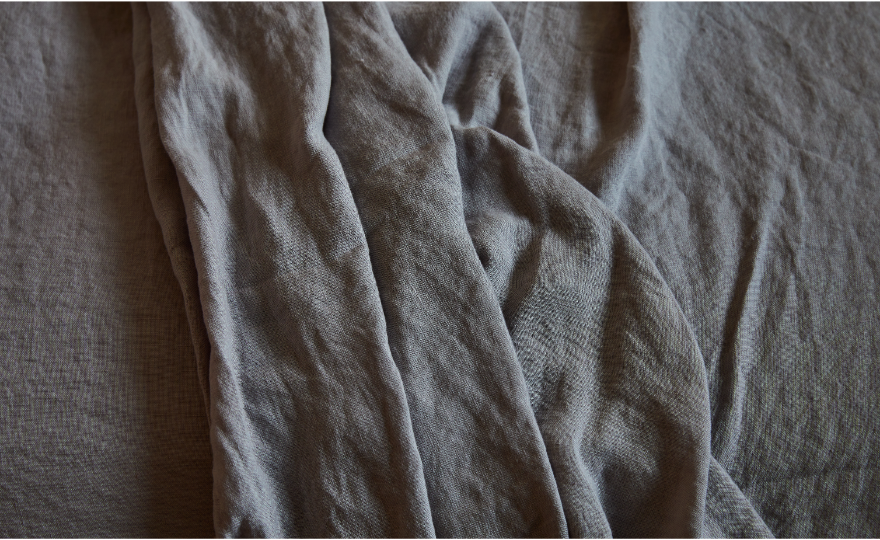365-DAY GUARANTEE | FREE SHIPPING | FREE RETURNS
365-DAY GUARANTEE | FREE SHIPPING | FREE RETURNS
365-DAY GUARANTEE | FREE SHIPPING | FREE RETURNS
You’re probably already familiar with the term thread count and how it relates to your bed sheets in terms of things like quality, durability, and softness. Sheets with a high thread count have more threads per square inch of fabric, making them much more luxurious. Understanding what GSM means for your sheets will help you make an informed choice when you’re shopping for new bedding. Read on to discover more about the importance of what is good GSM for sheets, and how it can affect you.
GSM stands for Grams per Square Meter. This term measures the weight per square meter of the sheet or other type of fabric and determines the quality of the sheets overall. Virtually all microfiber sheets use GSM to measure the threads woven into the material, so the GSM number determines the weight of the sheets, unlike cotton and other common materials that use thread counts instead. When examining GSM sheets labels, it generally determines the overall feel, quality, and breathability of microfiber, and can also help determine the thickness.




GSM and thread count are somewhat related in that the higher the GSM number, the more likely they’ll have a better feel and higher quality overall. The more grams per square meter you see on the packaging label, the better the sheets will feel and the longer they tend to last. That’s because they are denser than those with a low GSM number. Sheets with a higher GSM number tend to be thicker and more luxurious, making them an excellent choice if you need new sheets for winter, or if you tend to get cold during the night. Aside from thickness and warmth, these sheets are more durable than fabric with a low number of grams per square meter.

What does GSM mean in terms of ranges? There are several different ranges for sheets to be aware of:
Thread counts measure how many threads there are per one square inch of fabric where the horizontal and vertical threads interlace and can also determine fabric density. The GSM rating for bedding measures the weight of a fabric, so the higher the number, the denser the material will be. For both thread count and GSM, higher numbers tend to translate to denser, thicker, and heavier weights. Ultimately, it all comes down to your personal needs and your sleep preferences when choosing sheets based on each of these measurements.

What is a good GSM for cotton bed sheets when you’re looking for new bedding? Keep these factors in mind to help you decide:
Does the GSM bedding meaning affect how you care for your sheets? Higher GSM sheets differ from lower GSM sheets, particularly because the weight varies so much. Here are some tips to help you extend the life of your sheets.
Here are some popular sheet materials and their GSM range:
What is a good GSM for linen bed sheets? Linen bedding and most standard cotton, silk, and bamboo bedding do not use GSM ratings. These materials typically use thread counts instead to determine the quality, softness, and density of the fabric.
Remember that most microfiber sheets and some types of cotton sheets use GSM ratings to determine the weight of the material, while other fabrics like most linen bedding use thread counts. Understanding the different GSM ratings and ranges can help you make an informed decision about the best type of bedding for you to achieve restful sleep. Explore the selection of high-quality bedding at Or & Zon including 100 percent organic cotton and linen sheets and other options to help you enjoy a healthy sleep experience.
